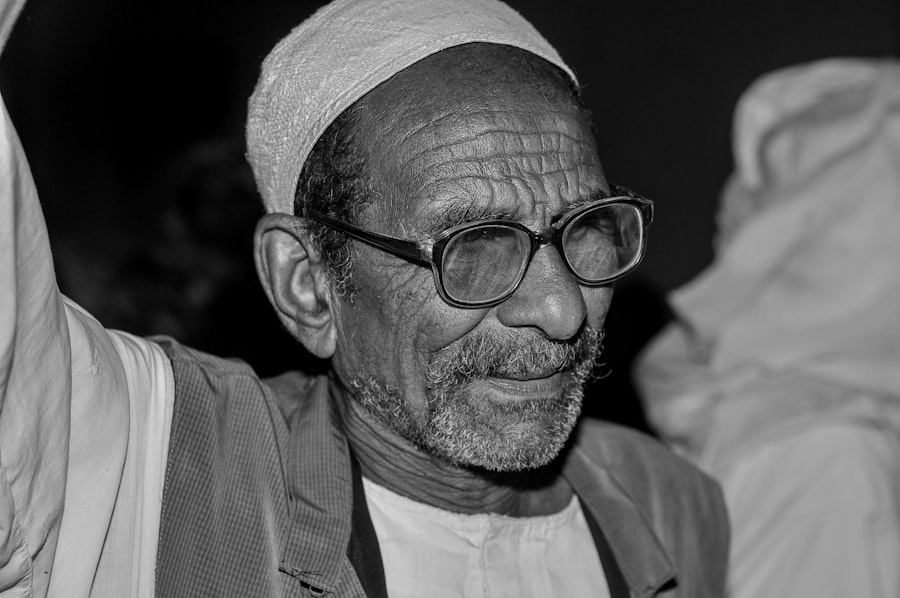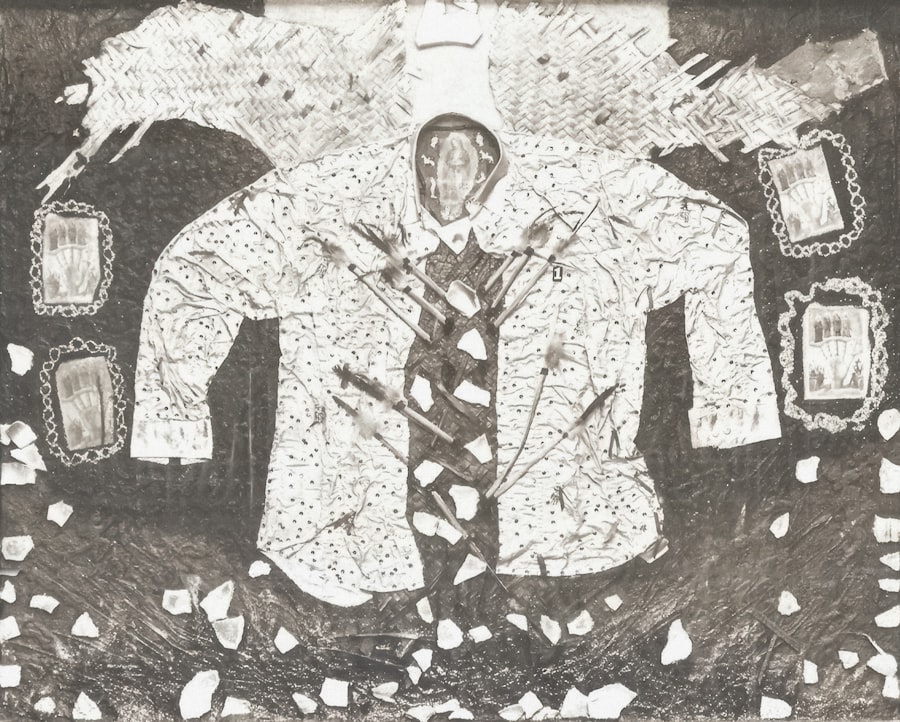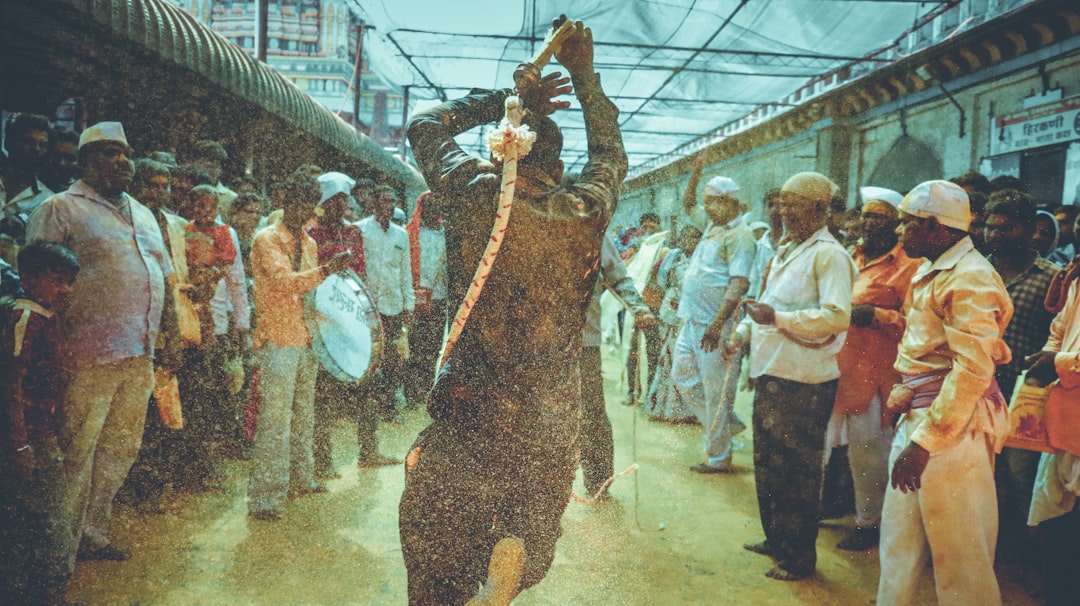Saddam Hussein’s ascent to power is a tale marked by ambition, brutality, and a complex interplay of regional politics. Born in 1937 in a small village near Tikrit, Iraq, he grew up in a tumultuous environment that shaped his worldview. After joining the Ba’ath Party in the 1950s, he quickly climbed the ranks, demonstrating a knack for political maneuvering and ruthlessness.
By 1968, he had become the de facto leader of Iraq following a successful coup. His regime was characterized by a mix of modernization efforts and oppressive tactics, as he sought to consolidate power and eliminate any potential threats to his rule. Under Saddam’s leadership, Iraq experienced significant economic growth, particularly due to its vast oil reserves.
He implemented ambitious infrastructure projects and sought to elevate Iraq’s status on the global stage. However, this period of prosperity was marred by human rights abuses, including the suppression of dissent and the persecution of ethnic and religious minorities. The Iran-Iraq War (1980-1988) further strained the nation, leading to immense loss of life and economic hardship.
Ultimately, Saddam’s aggressive foreign policy culminated in the invasion of Kuwait in 1990, which triggered international condemnation and the Gulf War. The subsequent defeat and the imposition of sanctions weakened his grip on power, setting the stage for his eventual downfall.
Key Takeaways
- Saddam Hussein rose to power in Iraq through a combination of political maneuvering, brutal repression, and manipulation of ethnic and religious tensions.
- The hunt for Saddam Hussein involved a massive effort by intelligence agencies, special forces, and local informants, leading to his eventual capture in December 2003.
- Intelligence agencies played a crucial role in tracking Saddam Hussein, using a combination of human intelligence, signals intelligence, and surveillance to narrow down his whereabouts.
- Saddam Hussein was captured by U.S. forces in a dramatic raid near his hometown of Tikrit, and was subsequently interrogated for information on the insurgency in Iraq.
- Saddam Hussein’s trial and sentencing were highly controversial, with many questioning the legitimacy of the process and the fairness of the verdict.
The Hunt for Saddam Hussein
Following the U.S.-led invasion of Iraq in 2003, Saddam Hussein became one of the most wanted fugitives in the world. As coalition forces toppled his regime, he vanished from public view, igniting a massive manhunt that spanned several years. The search for Saddam was not merely a quest for justice; it was also a symbolic effort to dismantle the remnants of his oppressive regime.
Coalition forces employed various strategies to locate him, including intelligence gathering, surveillance operations, and leveraging local informants who had once feared him. The hunt for Saddam was fraught with challenges. His extensive network of loyalists and supporters provided him with resources and safe havens, allowing him to evade capture for an extended period.
The chaotic environment in post-invasion Iraq further complicated efforts to track him down. Despite these obstacles, coalition forces remained determined. They utilized advanced technology and intelligence-sharing among various agencies to narrow down potential locations.
The search became a focal point of military operations, with teams deployed specifically to locate the former dictator.
The Role of Intelligence Agencies in Tracking Saddam Hussein

Intelligence agencies played a pivotal role in the pursuit of Saddam Hussein. The United States Central Intelligence Agency (CIA) and other allied intelligence organizations were instrumental in gathering information about his whereabouts. They employed a range of techniques, from satellite imagery to human intelligence (HUMINT), to piece together clues about his movements and potential hideouts.
The collaboration between various agencies allowed for a more comprehensive approach to the search, as they shared insights and resources. One significant aspect of the intelligence effort was the use of psychological operations aimed at undermining Saddam’s support base. By disseminating information about his declining power and encouraging defections among his loyalists, intelligence agencies sought to create an environment conducive to his capture.
Additionally, they established reward programs for information leading to his arrest, incentivizing locals to come forward with tips. This multifaceted approach ultimately proved effective as it not only increased pressure on Saddam but also fostered a sense of urgency among those who might have been harboring him.
The Capture of Saddam Hussein
| Event | Details |
|---|---|
| Date | December 13, 2003 |
| Location | Ad-Dawr, Iraq |
| Operation Name | Operation Red Dawn |
| Forces Involved | United States Army |
| Outcome | Saddam Hussein captured |
On December 13, 2003, after months of relentless searching, coalition forces finally located Saddam Hussein in a small underground hideout near Tikrit. Dubbed “Operation Red Dawn,” the operation was executed with precision as U.S. troops surrounded the area where he was believed to be hiding.
The capture itself was relatively uneventful; Saddam was found disheveled and unarmed, hiding in a spider hole that had been cleverly concealed. His capture marked a significant turning point in the Iraq War and was celebrated as a major victory for coalition forces. The news of Saddam’s capture reverberated around the world, symbolizing not only the end of an era but also the potential for a new beginning in Iraq.
For many Iraqis who had suffered under his regime, it represented hope for justice and accountability. However, it also raised questions about the future stability of Iraq and the challenges that lay ahead in rebuilding a nation torn apart by years of conflict.
The Interrogation of Saddam Hussein
Following his capture, Saddam Hussein was subjected to extensive interrogation by U.S. military personnel and intelligence officials. The goal was to extract valuable information regarding his regime’s operations, potential hidden weapons caches, and any remaining loyalists who might pose a threat to stability in Iraq.
The interrogations were conducted under strict protocols designed to ensure compliance with international law while attempting to elicit critical intelligence. Saddam’s demeanor during these sessions was often defiant; he maintained an air of superiority despite his circumstances. He frequently downplayed his role in the atrocities committed during his rule and expressed disbelief at his capture.
His interrogators faced the challenge of breaking through this facade while navigating the complexities of extracting actionable intelligence from someone who had spent decades manipulating narratives to maintain power. Ultimately, while some information was gleaned from these sessions, many believed that Saddam’s unwillingness to cooperate hindered efforts to fully understand the extent of his regime’s operations.
The Trial and Sentencing of Saddam Hussein

Saddam Hussein’s trial began on October 19, 2005, amid significant international scrutiny and controversy. Charged with crimes against humanity for his role in the 1982 massacre of Shiite Muslims in Dujail, the proceedings were seen as both a quest for justice and a reflection of Iraq’s tumultuous political landscape.
Throughout the trial, Saddam maintained his innocence and used the platform to voice his grievances against what he perceived as an illegitimate occupation. His courtroom antics often drew attention; he would frequently interrupt proceedings or dismiss charges against him as politically motivated. Despite these theatrics, the tribunal ultimately found him guilty on November 5, 2006, sentencing him to death by hanging.
The verdict was met with mixed reactions; while many Iraqis celebrated it as justice served, others viewed it as a politically charged decision that could exacerbate sectarian tensions within the country.
The Execution of Saddam Hussein
Saddam Hussein was executed on December 30, 2006, marking a dramatic conclusion to one of history’s most controversial figures. The execution took place just days after Christmas, amidst heightened security concerns due to fears of unrest following his death. As news spread about his impending execution, reactions varied widely across Iraq and beyond; some viewed it as a necessary step toward healing while others saw it as an act that could deepen divisions within Iraqi society.
The execution itself was shrouded in controversy; footage leaked from inside the execution chamber showed Saddam being taunted by some present during his final moments. This sparked outrage among many who believed that such behavior undermined any sense of justice associated with his punishment. Nevertheless, the event marked a significant moment in Iraq’s history as it symbolized both closure for victims of his regime and a contentious chapter in the ongoing struggle for national reconciliation.
The Aftermath of Saddam Hussein’s Capture and Killing
The aftermath of Saddam Hussein’s capture and execution had profound implications for Iraq and its people. While some hoped that his removal would pave the way for stability and democracy, the reality proved far more complex. Sectarian violence surged in the years following his death as various factions vied for power in a fractured political landscape.
The vacuum left by Saddam’s regime created opportunities for extremist groups to gain influence, leading to increased chaos and bloodshed. Moreover, Saddam’s execution did not erase the deep-seated grievances that had fueled conflict during his rule. Many Iraqis continued to grapple with issues related to governance, security, and national identity in a post-Saddam era.
The challenges faced by successive governments highlighted the difficulties inherent in transitioning from an authoritarian regime to a democratic system amidst ongoing violence and instability.
International Reactions to Saddam Hussein’s Capture and Killing
The international community reacted with a mix of relief and skepticism following Saddam Hussein’s capture and subsequent execution. For many Western nations, particularly those involved in the invasion of Iraq, his removal was seen as a necessary step toward establishing peace and democracy in the region. Leaders hailed it as a victory against tyranny and oppression while emphasizing their commitment to supporting Iraq’s reconstruction efforts.
Conversely, critics raised concerns about the legitimacy of both the trial and execution process. Human rights organizations questioned whether due process had been adequately upheld during proceedings against him. Additionally, some nations expressed apprehension that executing such a polarizing figure could exacerbate existing tensions within Iraq rather than foster reconciliation among its diverse communities.
Lessons Learned from the Capture and Killing of Saddam Hussein
The saga surrounding Saddam Hussein’s capture and execution offers several critical lessons regarding international intervention and post-conflict reconstruction efforts. One key takeaway is the importance of establishing robust mechanisms for transitional justice that prioritize accountability while fostering reconciliation among affected communities. Simply removing an authoritarian leader does not guarantee stability; addressing underlying grievances is essential for long-term peace.
Furthermore, the complexities inherent in navigating sectarian dynamics must be acknowledged when formulating strategies for governance after regime change. Efforts should focus on inclusivity rather than marginalization if lasting stability is to be achieved within fractured societies like Iraq’s post-Saddam landscape.
The Legacy of Saddam Hussein’s Capture and Killing
Saddam Hussein’s capture and execution left an indelible mark on Iraq’s history—a legacy characterized by both hope for justice and ongoing strife stemming from deep-rooted divisions within society. While some view his removal as an opportunity for renewal, others contend that it merely opened new wounds that continue to fester today. Ultimately, Saddam’s story serves as a cautionary tale about the complexities surrounding authoritarian rule and its aftermath—a reminder that true healing requires more than just punitive measures; it necessitates genuine efforts toward understanding historical grievances while fostering dialogue among diverse communities striving toward coexistence amidst adversity.
The capture and subsequent execution of Saddam Hussein marked a significant turning point in the Iraq War, symbolizing the end of an era of dictatorship in Iraq. For those interested in exploring more about the events leading up to and following his capture, a related article can be found on the Hey Did You Know This website. This article delves into the intricate details of the operation that led to Hussein’s downfall and the international response to his execution. You can read more about it by visiting this link.
WATCH NOW! How the US Hunted and Captured Saddam Hussein: The Untold Story of Operation Red Dawn
FAQs
Who was Saddam Hussein?
Saddam Hussein was the President of Iraq from 1979 to 2003. He was known for his brutal dictatorship and involvement in numerous human rights abuses.
How was Saddam Hussein captured and killed?
Saddam Hussein was captured by US forces in December 2003 near his hometown of Tikrit, Iraq. He was later tried and convicted by an Iraqi court for crimes against humanity and was executed by hanging in December 2006.
What role did the US forces play in capturing Saddam Hussein?
The US forces played a significant role in the capture of Saddam Hussein. They conducted a large-scale manhunt and eventually located him hiding in a small underground bunker near Tikrit.
What was the impact of Saddam Hussein’s capture and death?
The capture and subsequent execution of Saddam Hussein marked a significant milestone in the Iraq War and the efforts to stabilize the country. It also brought a sense of closure to the victims of his regime’s atrocities.
